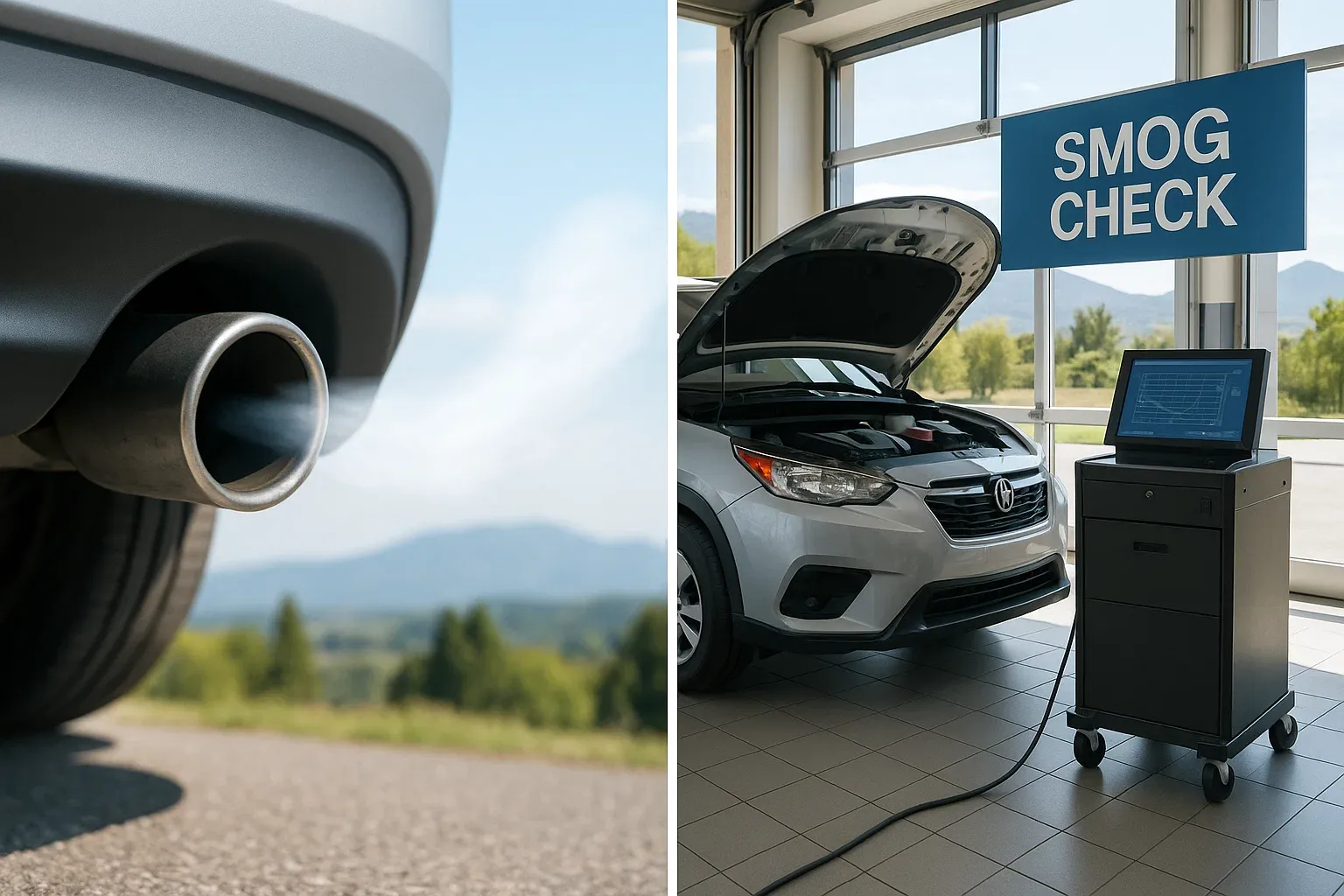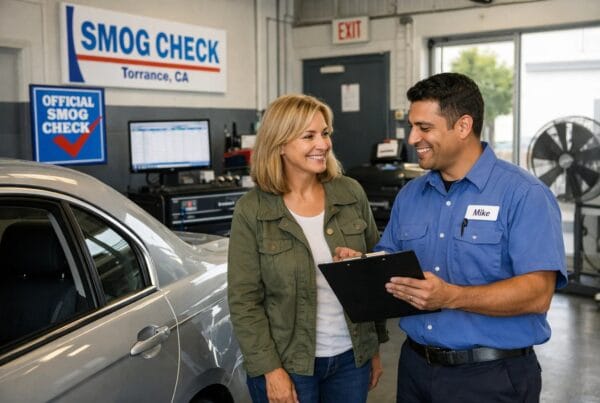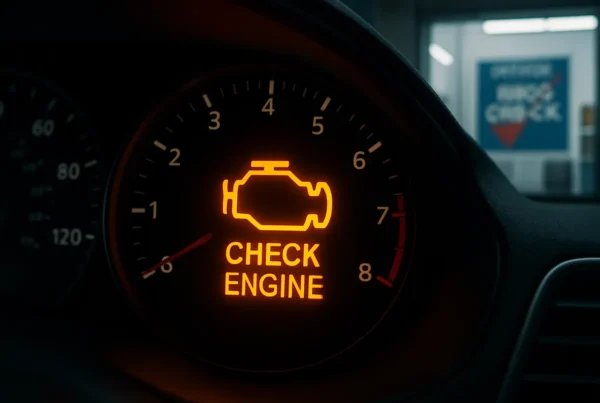For many vehicle owners, the terms “smog check” and “emissions test” are often used interchangeably, leading to some confusion. While they are closely related and share the common goal of reducing air pollution, there are nuances, especially in a state like California with its comprehensive vehicle inspection program. Let’s clarify the distinctions and delve into the significance of STAR stations.
Smog Check: California’s Comprehensive Approach
In California, a “smog check” is the official term for the state-mandated inspection program designed to ensure vehicles meet specific emissions standards. It’s a comprehensive test that goes beyond just measuring tailpipe emissions. A typical smog check in California includes:
- Visual Inspection: Technicians visually inspect various emission control components to ensure they are present, properly connected, and haven’t been tampered with. This includes checking the catalytic converter, PCV system, and other pollution control devices.
- Functional Inspection: This involves checking components like the ignition timing, exhaust gas recirculation (EGR) valve, and the evaporative emissions (EVAP) system, which prevents fuel vapors from escaping into the atmosphere.
- On-Board Diagnostic (OBD-II) System Check: For most vehicles model year 2000 and newer, the smog check includes a scan of the OBD-II system. This computer system monitors the vehicle’s emissions-related components. If the “Check Engine” light is on, or if certain monitors aren’t “ready,” the vehicle will fail.
- Tailpipe Emissions Test: This is the part most people associate with an “emissions test.” A probe is inserted into the vehicle’s exhaust pipe to measure pollutants like hydrocarbons, carbon monoxide, and nitrogen oxides while the vehicle is running on a dynamometer (a treadmill for cars).
The smog check program aims to identify vehicles that are polluting excessively and ensure that necessary repairs are made.
Emissions Test: A Broader Term
“Emissions test” is a more general term that refers to any test designed to measure the pollutants emitted by a vehicle’s exhaust. While the tailpipe portion of a California smog check is indeed an emissions test, the overall “smog check” encompasses a wider range of inspections and checks, as detailed above.
Other states might have simpler “emissions tests” that only involve tailpipe measurements or an OBD-II scan, without the comprehensive visual and functional inspections required in California. So, while all smog checks include an emissions test, not all emissions tests are as comprehensive as a California smog check.
Why STAR Stations Matter
In California, you’ll often hear about “STAR stations.” But what makes them different?
- Higher Performance Standards: STAR stations are smog check stations that meet stricter performance standards established by the Bureau of Automotive Repair (BAR). They are closely monitored by the BAR to ensure the accuracy and integrity of their inspections.
- Test-Only vs. Test & Repair: STAR stations can be either “Test-Only” or “Test & Repair” facilities.
- STAR Test-Only stations are licensed to perform smog checks but cannot perform any repairs on vehicles. Their sole purpose is to conduct unbiased inspections.
- STAR Test & Repair stations can perform smog checks and also conduct repairs if a vehicle fails.
- Directed Vehicles: Your DMV registration renewal notice might instruct you to take your vehicle to a STAR station. This typically happens for vehicles that are considered “gross polluters” or those that have a history of high emissions, or as part of a random selection process to ensure fairness and compliance within the program.
The Importance of Compliance
Regular smog checks are crucial for several reasons:
- Environmental Protection: By identifying and correcting high-polluting vehicles, smog checks significantly contribute to reducing harmful emissions and improving air quality.
- Vehicle Performance: A vehicle that fails a smog check often has underlying issues that can affect its performance and fuel efficiency. Addressing these issues can lead to a smoother running vehicle and potentially save you money on fuel.
- Legal Requirement: Failing to comply with smog check requirements can result in late fees, inability to renew your vehicle registration, and other legal penalties.
While “emissions test” is a component of it, California’s “smog check” is a more comprehensive and robust program designed to keep our air cleaner. Understanding these distinctions and knowing when and where to get your vehicle inspected (especially if directed to a STAR station) is key to being a responsible and compliant vehicle owner in the Golden State.



